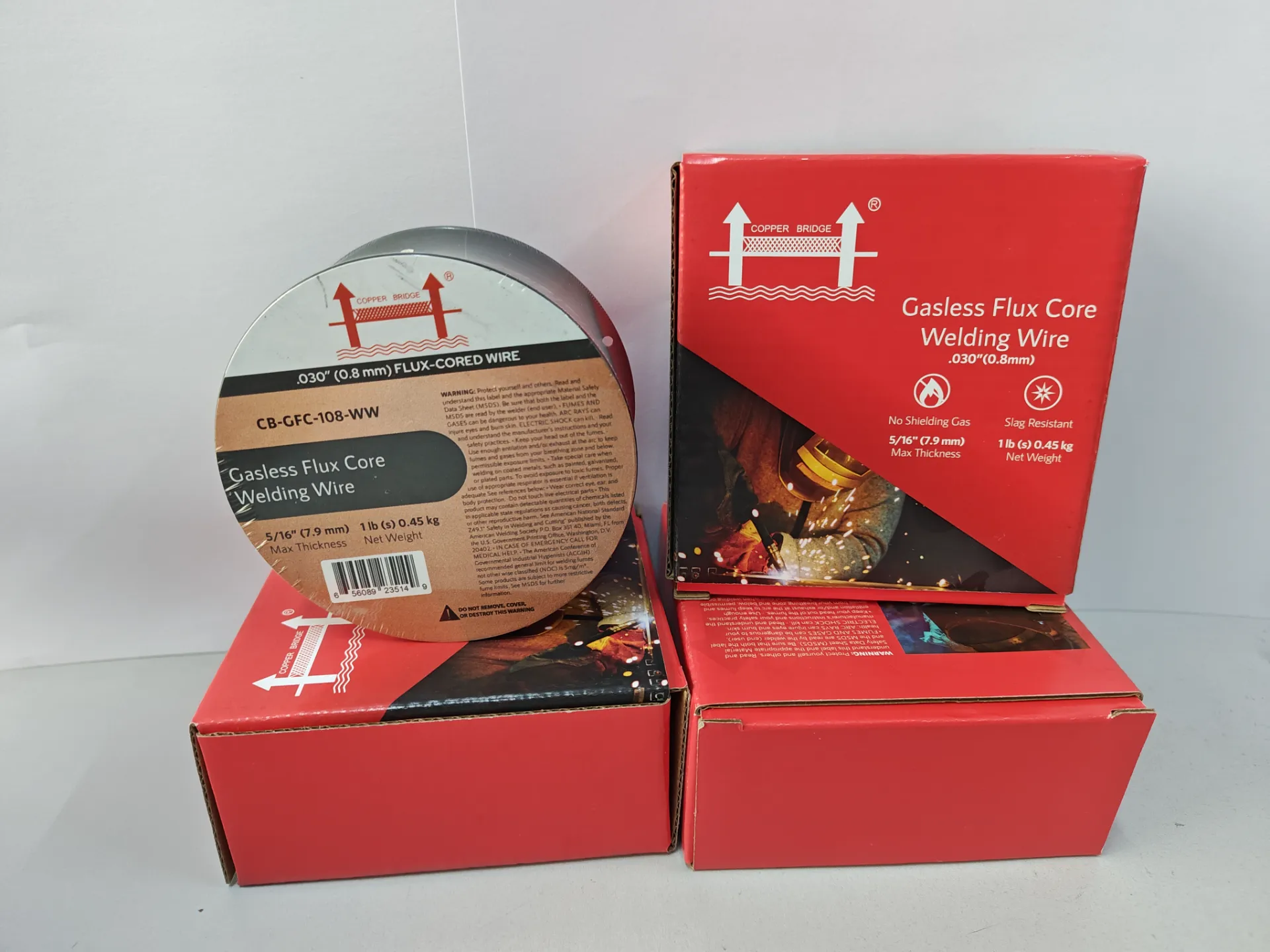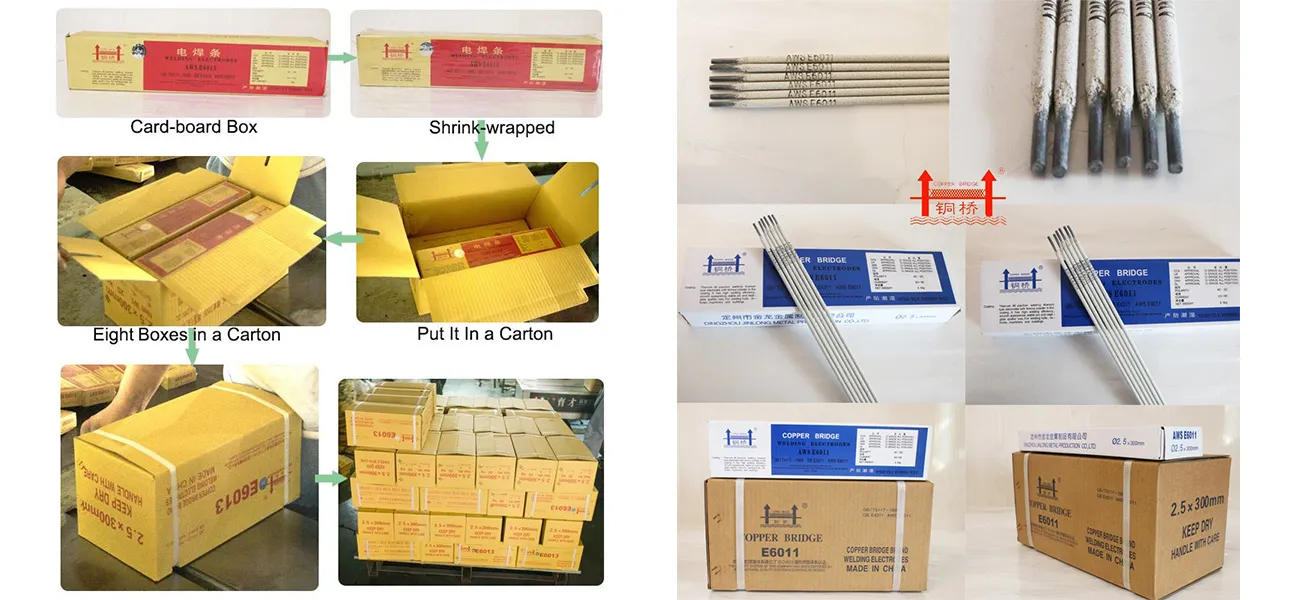how to use 7018 welding rod
Jan . 31, 2025 02:58
The use of the 7018 welding rod is an essential skill for anyone serious about welding, whether you're an amateur enthusiast or a seasoned professional. Known for its versatility and strength, the 7018 welding rod is highly regarded in the welding community for its ability to produce clean and robust welds, particularly in structural steel applications. This article delves into the nuances of the 7018 welding rod, offering insights grounded in experience and expertise that will enhance your welding projects significantly.
As with any welding operation, surface preparation cannot be understated. Ensure the metal surface is clean and free from rust, dust, grease, and other contaminants. This preparation is pivotal for achieving a solid fusion between the electrode and the base metal. During the welding process itself, maintaining the correct technique is paramount. The 7018 rod should be held at a slight drag angle, around 10 to 15 degrees from vertical, which promotes a stable arc and prevents slag inclusions. Unlike some other electrodes, a slight weave motion can be used with the 7018 to create a wider bead and ensure a thorough covering of the weld joint. An often-discussed topic among experienced welders is the rod’s open arc time—essentially, how long the rod can be exposed to the air before it begins to absorb moisture. Though opinions vary, most experts agree that a strict two-hour exposure limit should be adhered to before re-baking the rods to remove any moisture. This step is particularly crucial if you are working in humid environments or with thicker welds that could magnify the impact of hydrogen absorption. In conclusion, mastering the use of the 7018 welding rod requires both knowledge and practice. By understanding its properties, storage needs, and welding techniques, you position yourself to achieve impeccable weld quality—characterized by strength, durability, and a clean finish. These outcomes are not just beneficial from a technical standpoint but also reinforce the trustworthiness and expertise fundamental to sustained excellence in welding practices. Always emphasize safety, adequate training, and a commitment to ongoing learning as you engage with this essential welding tool.


As with any welding operation, surface preparation cannot be understated. Ensure the metal surface is clean and free from rust, dust, grease, and other contaminants. This preparation is pivotal for achieving a solid fusion between the electrode and the base metal. During the welding process itself, maintaining the correct technique is paramount. The 7018 rod should be held at a slight drag angle, around 10 to 15 degrees from vertical, which promotes a stable arc and prevents slag inclusions. Unlike some other electrodes, a slight weave motion can be used with the 7018 to create a wider bead and ensure a thorough covering of the weld joint. An often-discussed topic among experienced welders is the rod’s open arc time—essentially, how long the rod can be exposed to the air before it begins to absorb moisture. Though opinions vary, most experts agree that a strict two-hour exposure limit should be adhered to before re-baking the rods to remove any moisture. This step is particularly crucial if you are working in humid environments or with thicker welds that could magnify the impact of hydrogen absorption. In conclusion, mastering the use of the 7018 welding rod requires both knowledge and practice. By understanding its properties, storage needs, and welding techniques, you position yourself to achieve impeccable weld quality—characterized by strength, durability, and a clean finish. These outcomes are not just beneficial from a technical standpoint but also reinforce the trustworthiness and expertise fundamental to sustained excellence in welding practices. Always emphasize safety, adequate training, and a commitment to ongoing learning as you engage with this essential welding tool.
Related Video
Copyright © 2025 Dingzhou Jinlong Metal Production Co., Ltd. All Rights Reserved. Sitemap | Privacy Policy




























